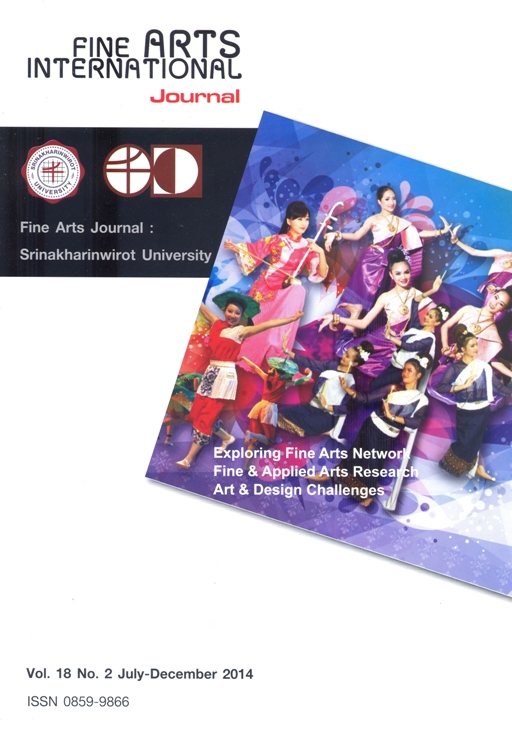The Creation of Dance to Reflect the Beliefs in Life after Death of Nora Ancestor
Keywords:
Nora dance, life after death of Nora ancestor, choreographicAbstract
This thesis is entitled “The Creation of Dance to Reflect the Beliefs in Life after Death of Nora Ancestor”. It was inspired by the native Southern Thailand Nora Dance Guru’s belief in the Spirits. This is based on the creative practice-based research in which the researcher enquired on the result of the presentation on “The Creation of Dance to Reflect the Beliefs in Life after Death of Nora Ancestor” research and its underlying creative concept. This leads the author to an in-depth study of the Nora performance, the traditional Thai choreographic arts, the creative choreographic performance, and the collection and analysis of the opinions of the renowned experts related to the subject of this dissertation.
In this creative practice-based research, the author used the six creative research tools, namely: documentary data survey, operational experiments in choreographic arts, expert interviews, the standards on qualification of the national artist, other archives and media, and evaluation of the viewers’ opinion survey and performance assessment related to the subject. The data was collected between January, 2011 to December, 2012 both domestic and abroad. All collected data was analyzed and the outcome provided the answer to this research enquiry, which included the performance presented, and the underlying concept for the creation of “The Creation of Dance to Reflect the Beliefs in Life after Death of Nora Ancestor”.






